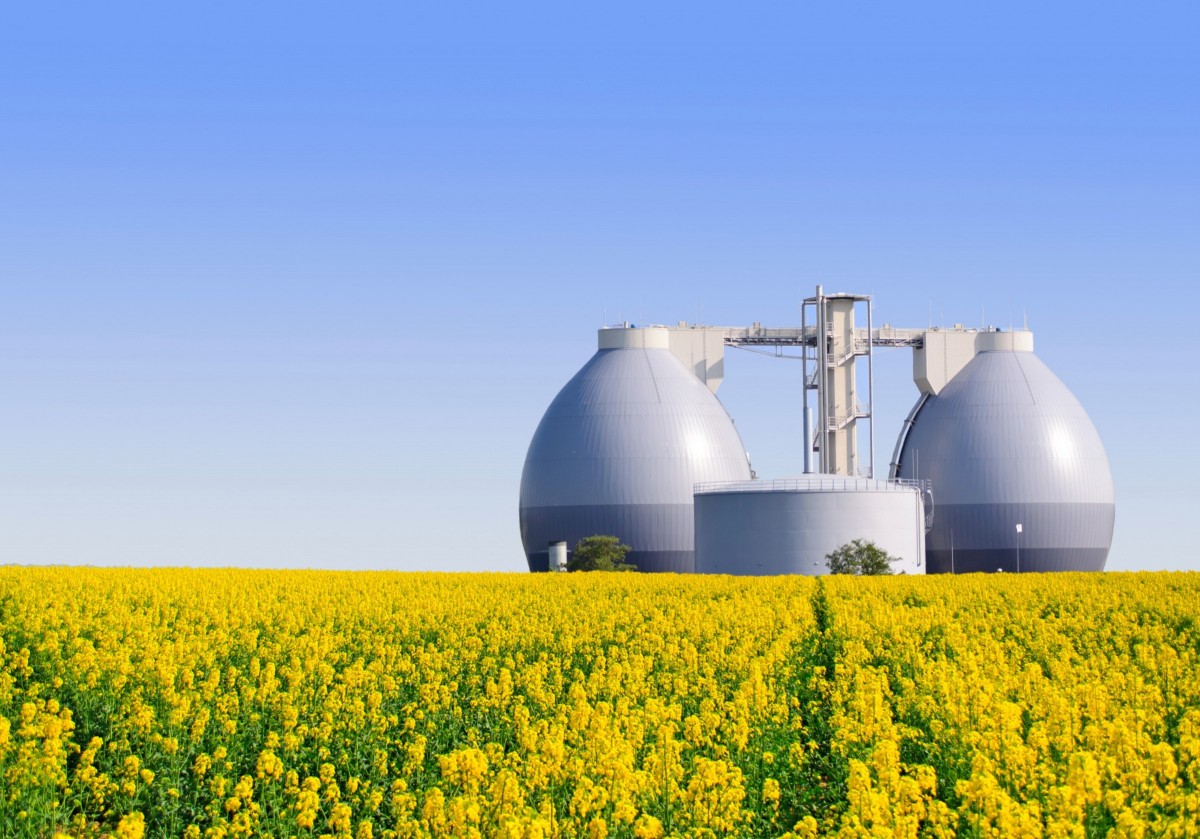Bio energy, a term gaining momentum in the pursuit of sustainable solutions, holds the promise of transforming our energy landscape. In this article, we’ll explore the diverse facets of bioenergy, its types, advantages, challenges, and its critical role in addressing climate change. Additionally, we’ll delve into the everyday applications, technological advancements, and the future prospects of this renewable energy source.
Introduction to Bio Energy
Bioenergy, derived from organic materials such as plants and animal waste, represents a cornerstone in the quest for sustainable energy. In a world grappling with the consequences of excessive reliance on fossil fuels, bioenergy emerges as a beacon of hope. It’s not just about finding an alternative; it’s about fueling a sustainable tomorrow.
Types of Bio Energy Sources
Biomass Energy
Biomass energy harnesses the power stored in organic materials like wood and crop residues. This versatile source can be converted into heat or electricity, offering a sustainable alternative to traditional energy sources.
Biofuel
Biofuels, derived from organic matter, serve as cleaner alternatives to conventional fossil fuels. Biodiesel and bioethanol, for instance, provide a greener option for powering our vehicles and industries.
Biogas
Biogas, produced through the anaerobic digestion of organic matter, predominantly contains methane. This renewable gas can be utilized for heating, electricity generation, and as a vehicle fuel, making it a versatile component of the bioenergy spectrum.
Bioelectricity
Bioelectricity involves the generation of electrical power through the combustion or biochemical conversion of biomass. It not only diversifies our energy sources but also contributes to a cleaner and more sustainable power grid.
Advantages of Bio Energy
Embracing bioenergy goes beyond environmental concerns; it opens doors to a myriad of advantages that can shape a more sustainable future.
Environmental Benefits
Bioenergy stands out for its lower carbon footprint compared to traditional fossil fuels. The use of organic materials minimizes the release of greenhouse gases, contributing to cleaner air and a healthier environment.
Economic Advantages
Investing in bioenergy projects stimulates economic growth. Job creation, innovation, and a reduced dependence on imported fossil fuels are tangible economic benefits that come with the transition to bioenergy.
Reduced Dependence on Fossil Fuels
Bioenergy provides a viable alternative to fossil fuels, reducing our dependence on finite resources. This not only enhances energy security but also mitigates the environmental impact associated with extracting and burning fossil fuels.
Challenges and Concerns
Despite its numerous benefits, bioenergy faces challenges and concerns that require careful consideration for sustainable integration.
Competition with Food Production
The use of crops for bioenergy production raises concerns about competition with food production. Striking a balance between food security and bioenergy production is essential.
Land Use Issues
Large-scale bioenergy production may necessitate significant land use, potentially leading to deforestation or displacement of agricultural activities. Sustainable land management is crucial to address this concern.
Technological Limitations
Current bioenergy technologies face limitations in terms of efficiency and scalability. Ongoing research and development are essential to overcoming these barriers and unlocking the full potential of bioenergy.
Bio Energy and Climate Change
Bioenergy plays a vital role in the global effort to mitigate climate change.
Mitigation of Greenhouse Gas Emissions
The utilization of bioenergy contributes to a significant reduction in greenhouse gas emissions. This aligns with international climate goals, emphasizing the importance of transitioning to cleaner energy sources.
Impact on Global Climate Goals
The integration of bioenergy into the energy mix contributes to achieving global climate goals, fostering a sustainable and resilient future.
Bio Energy in Everyday Life
Bioenergy isn’t just a concept for the future; it’s already a part of our everyday lives.
Applications in Households
In households, bioenergy is commonly used for heating and cooking. Biomass stoves and bioethanol fireplaces provide clean and efficient alternatives for daily energy needs.
Bioenergy in Transportation
Biofuels are making headway in the transportation sector, with bioethanol and biodiesel offering environmentally friendly options for fueling vehicles.
Role of Technology in Advancing Bio Energy
Recent technological developments play a pivotal role in enhancing the efficiency and viability of bioenergy solutions.
Recent Technological Developments
Advancements in bioenergy technology include more efficient biomass conversion processes, improved biofuel production methods, and the development of novel bioenergy sources.
Innovations in Bioenergy Research
Investments in research are driving innovations in bioenergy, exploring new possibilities and overcoming challenges to make bioenergy a more accessible and sustainable option.
Future Prospects and Trends
Exploring the future prospects and emerging trends in bioenergy provides insights into its potential evolution.
Emerging Technologies
The future of bioenergy is exciting, with emerging technologies promising even more sustainable and efficient solutions. Advanced biofuel production methods and enhanced biomass conversion processes are on the horizon.
Policy Implications for the Future
Governmental support and policy initiatives are crucial for fostering the growth of bioenergy. Incentives, regulations, and strategic planning can accelerate the integration of bioenergy into mainstream energy systems.
Conclusion
In conclusion, bioenergy emerges as a key player in the transition towards a sustainable and resilient energy future. While challenges exist, the advantages, applications, and technological advancements position bioenergy as a promising solution to our current energy predicaments.
